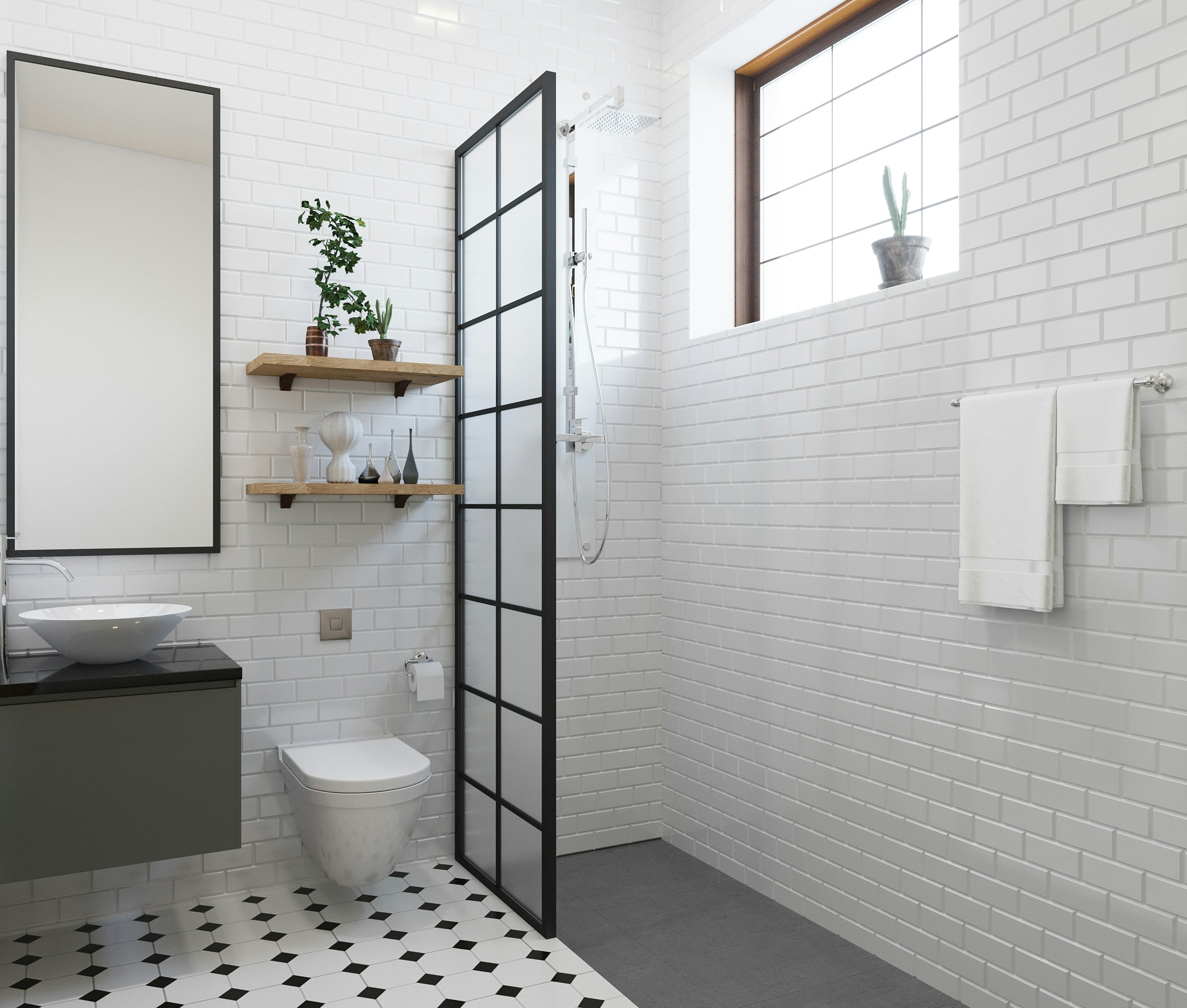To stop a dripping noise from a toilet, replace the flapper valve in the tank. It’s likely causing water to leak and create a dripping sound.
If you’ve ever been bothered by a constant dripping noise coming from your toilet, you’re not alone. The sound can be incredibly irritating, especially when you’re trying to sleep or concentrate.
Now, what to do and how to stop dripping noise from the toilet? Luckily, there are several steps you can take to stop the dripping noise and restore peace and quiet to your bathroom.
In this guide, we will walk you through some simple yet effective methods to identify and fix the cause of the dripping noise.
From checking the flapper valve to adjusting the water pressure, we’ll cover everything you need to know to eliminate that pesky dripping sound once and for all.
How to Locate the Source of The Dripping Noise?

Locating the source of a dripping noise in your toilet involves a slightly different approach. Here’s how you can pinpoint the source of the dripping noise specifically for a toilet:
Confirm the Sound
First, make sure that the sound you’re hearing is indeed a dripping noise and not some other plumbing-related sound.
Check the Flapper
A malfunctioning flapper valve is the most common source of toilet dripping noise. This valve controls the water flow from the tank to the bowl. If the flapper isn’t sealing properly, water leaks from the tank into the bowl, causing a dripping sound.
- Open the toilet tank lid and observe the flapper while flushing. Make sure it lifts when you press the flush handle and drops back down to create a tight seal afterward.
- If the flapper isn’t sealing properly, you might need to replace it. Flappers don’t cost much and are available at hardware stores. Typically, the price range of Toilet flapper lies between $5 to $25.
Inspect the Fill Valve
The fill valve adjusts the water level in the toilet tank once you flush. If it’s not functioning correctly, it could constantly flow water into the tank, leading to a dripping noise.
- Listen closely to the fill valve area while the toilet tank is refilling after a flush. The fill valve might be the issue if you hear continuous water flow or hissing sounds.
- Adjust the fill valve’s float arm or mechanism as per the manufacturer’s instructions. If that doesn’t solve the problem, consider replacing the fill valve.
Check the Overflow Tube
The overflow tube is located near the flapper and prevents the tank from overflowing. If positioned incorrectly or malfunctioning, it could lead to water constantly running into the overflow tube, causing a dripping sound.
- Ensure that the tank’s water level is below the overflow tube’s top. If it’s too high, adjust the fill valve accordingly.
- If water is running continuously into the overflow tube, the fill valve might need adjustment or replacement.
Inspect for External Leaks
Sometimes, water can leak from the toilet base or the water supply line connection. Check around the base of the toilet for any signs of moisture or water pooling.
Use Food Coloring Test
You can perform a food coloring test if you’re having trouble identifying the source. Put a little food color into the toilet tank and wait 15 to 20 minutes without flushing.
If you see colored water in the toilet bowl, it indicates a leak from the tank into the bowl.
How to Stop Dripping Noise from Toilet?
Persistent dripping noise from a toilet can be both bothersome and indicative of underlying issues.
Swiftly addressing and resolving this nuisance is essential to prevent water wastage and potential damage and restore a peaceful home environment.
Here’s how to stop dripping noise from the toilet and ensure your toilet functions efficiently.
Step 1: Gather Materials
Before you start, gather the following materials:
- Adjustable wrench or pliers
- Replacement flapper (if needed)
- Replacement fill valve (if needed)
Towel or old rags
Step 2: Turn Off the Water Supply
Locate the water supply valve behind or beside the toilet and turn it clockwise (right) to shut off the water supply to the toilet. This will stop water from flowing into the tank while you work on it.
Step 3: Flush and Empty the Tank
Push the flush handle to remove the water from the toilet tank. You should hold down the flush handle to ensure all the water is drained from the tank.
Step 4: Inspect the Flapper
Open the toilet tank lid and examine the flapper. The flapper is a rubber valve at the tank’s bottom that opens, letting water flow into the bowl when you flush.
If it’s worn, cracked, or not sealing properly, water can leak into the bowl and cause the dripping noise.
Step 5: Remove and Replace the Flapper (if needed)
- Disconnect the chain or strap attached to the flush handle from the flapper.
- Unhook the flapper from its hinges or clips, depending on the type.
- Bring the old flapper to a hardware store to make sure you get the right replacement.
- Attach the new flapper by reversing the removal steps. Make sure it’s seated properly and creates a tight seal.
Step 6: Inspect the Fill Valve
If the fill valve doesn’t work properly, it can cause constant water flow, which can cause a dripping noise.
Here’s how to inspect the fill valve for figuring out its mal-functioning.
- Constant Running Water: If you hear water running in your toilet tank non-stop, even when it’s not being used, it’s likely due to a faulty fill valve that isn’t shutting off properly after filling the tank.
- Slow Filling: If the tank takes an unusually long time to refill after flushing, the fill valve might not be delivering water at the appropriate rate, potentially indicating a problem.
- Water Levels: If the water level in the tank is too high and spilling into the overflow tube or too low and not reaching the proper level, the fill valve might not be regulating the water level correctly.
- Inconsistent Flushing: If flushing results in inconsistent or weak flushes, it could be due to an insufficiently filled tank caused by a malfunctioning fill valve.
- Visual Inspection: Sometimes, a visual inspection might reveal issues such as a corroded or damaged fill valve mechanism, water leakage around the valve, or the float not rising or falling as it should.
If you encounter any of these signs, it’s recommended to address the fill valve issue promptly to prevent water wastage and ensure proper toilet function.
Step 7: Adjust the Fill Valve (if needed)
a. Locate the adjustment screw on the fill valve (usually on top).
b. Turn the screw clockwise to lower the water level or counterclockwise to raise it. Adjust the water level to about 1 inch below the top of the overflow tube.
Step 8: Turn on the Water Supply
Turn the water supply valve counterclockwise (left) to gradually restore the water supply to the toilet.
Step 9: Test for Dripping
Allow the tank to fill, and listen for any dripping noises. If the dripping noise persists, carefully inspect the flapper and fill valve adjustments again. Make sure everything is aligned correctly and sealed.
Step 10: Monitor and Observe
Keep an eye on the toilet over the next few hours or days to ensure the dripping noise doesn’t return. If it does, you might need to adjust further or replace the flapper or fill valve.
FAQs
- Why is my toilet making a dripping noise?
A dripping noise from a toilet is usually caused by a leak somewhere in the toilet’s plumbing system, often in the fill valve, flush valve, or flapper.
- Can a dripping toilet waste a lot of water?
Yes, a dripping toilet can waste a lot of water over time, causing higher water bills and harm to the environment.
- How do I fix a dripping toilet flapper?
To fix a dripping flapper, shut off the water supply and flush the toilet to drain the tank. Take out the old flapper, and finally, put in a new one.
- What causes a dripping fill valve?
A worn-out washer or seal may cause a dripping fill valve. Replacing the washer or the entire fill valve assembly can resolve the issue.
- How do I fix a dripping toilet fill valve?
To fix a dripping fill valve, turn off the water supply, flush the toilet, disconnect the water supply line, and replace the fill valve’s washer or the entire assembly if needed.
- Can a dripping noise be due to a faulty float valve?
Yes, a dripping noise can also be caused by a faulty float valve, which may not be sealing properly. Adjust the float height or replace the float valve if necessary.
- How do I adjust the water level in the toilet tank to prevent dripping?
Adjust the water level by either lowering or raising the float on the fill valve. This can help prevent water from overflowing from the tube and causing a dripping noise.
- What if the dripping noise persists after attempting these fixes?
If the dripping noise continues, it might indicate a more complex issue. Consider seeking assistance from a professional plumber to diagnose and fix the problem.
- How can I prevent future dripping noises in my toilet?
Regularly inspect and maintain the toilet’s components, including the flapper, fill, float, and flush. Address any leaks promptly to prevent future dripping noises and water wastage.
Conclusion
It’s essential to promptly locate the source of a dripping noise in your toilet to prevent further damage and water wastage. Addressing the issue can save money on water bills and avoid potential leaks.
Individuals can inspect the toilet tank, flapper, and fill valve to locate the source. Now, how to stop dripping Noise after identifying the problem?
Once the problem is identified, replacing worn parts, adjusting water levels, or contacting a professional plumber can help stop the dripping noise and ensure the toilet functions efficiently.









